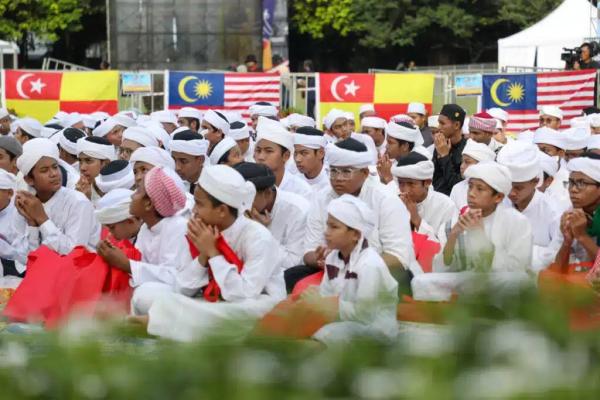PETALING JAYA, June 8 — The Tahfiz Legalisation Programme 2.0, implemented to streamline the operations of tahfiz centres in Selangor, has recorded the registration of 596 centres, compared to only 450 in the first phase.
State executive councillor for Islamic religious affairs and innovation Mohammad Fahmi Ngah said this second phase introduces the Temporary Operational Approval (KOB) as a more practical alternative, allowing tahfiz centres to operate safely before obtaining full Planning Permission (KM) from the local authorities.
He said the KOB allows centres to function as long as they meet basic safety requirements, including providing fire extinguishers and having building insurance coverage, within a set period, not exceeding three years.
[caption id="attachment_363520" align="alignright" width="410"] State executive councillor for Islamic affairs and innovation Dr Mohammad Fahmi Ngah responds to queries during the Selangor State Legislative Assembly session at the State Secretariat Building in Shah Alam, on July 11, 2024. — Picture by AHMAD ZAKKI JILAN/MEDIA SELANGOR[/caption]
State executive councillor for Islamic affairs and innovation Dr Mohammad Fahmi Ngah responds to queries during the Selangor State Legislative Assembly session at the State Secretariat Building in Shah Alam, on July 11, 2024. — Picture by AHMAD ZAKKI JILAN/MEDIA SELANGOR[/caption]
“In phase two, we have simplified the process. Buildings still require safety elements, such as fire safety measures, but not necessarily full sprinkler systems; instead, basic fire extinguishers are sufficient.
“Additionally, a building may not yet have the Certificate of Completion and Compliance (CCC), but safety could still be assured through building insurance. So, if someone can confirm that the building is insured, it means it is safe for occupancy.
“The full method is to obtain KM, and the interim method is via KOB. They must meet the minimum safety conditions mentioned, within the period currently set at three years. But I recommend it be done in less than a year to fulfil the requirements for full KM,” Fahmi said.
He added that out of the 596 centres registered under the programme coordinated by the Selangor Tahfiz Institutions Association (Pitas), 49 have successfully obtained full planning permission.
“The remaining, which are approximately 384 centres, have submitted documents for KOB applications, while around 90 have chosen to cease operations voluntarily, primarily due to a lack of students or inability to sustain operations.
“So, for the centres that have closed, we are reviewing a standard operating procedure (SOP) to relocate the students. We have identified nearby schools, although there may be some differences in the curriculum.
"There are enough places to accommodate the students, and their learning will not be disrupted,” Fahmi said.
Last year, the state government made several amendments under the Tahfiz Legalisation Programme 2.0 to ensure student safety without placing undue pressure on operators.
This initiative also ensures that private tahfiz institutions comply with the minimum planning requirements set by the local authorities and the relevant safety agencies.




